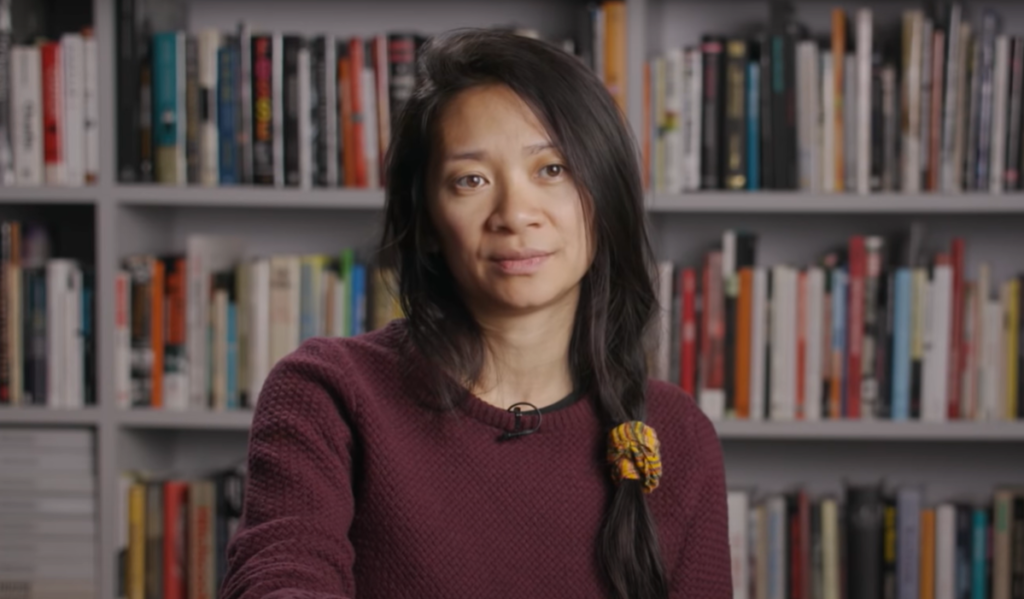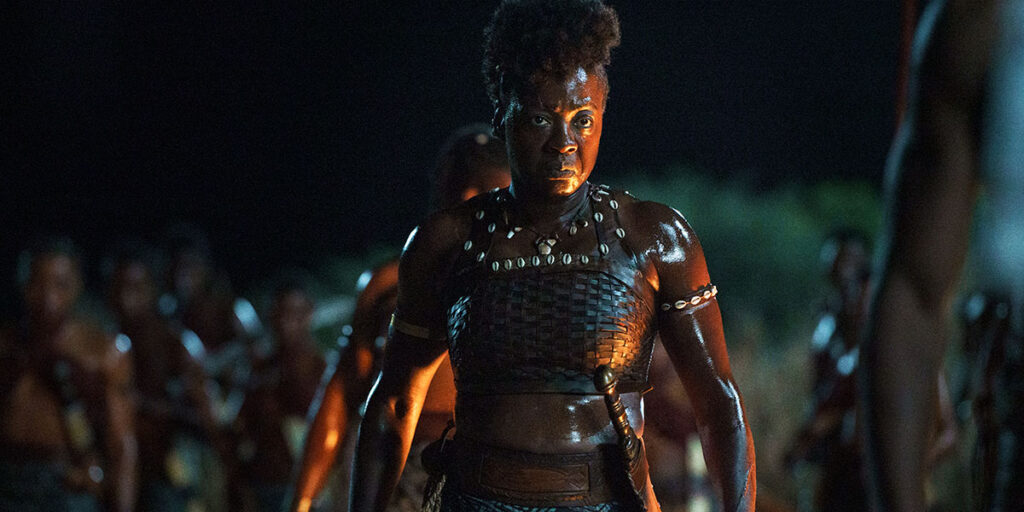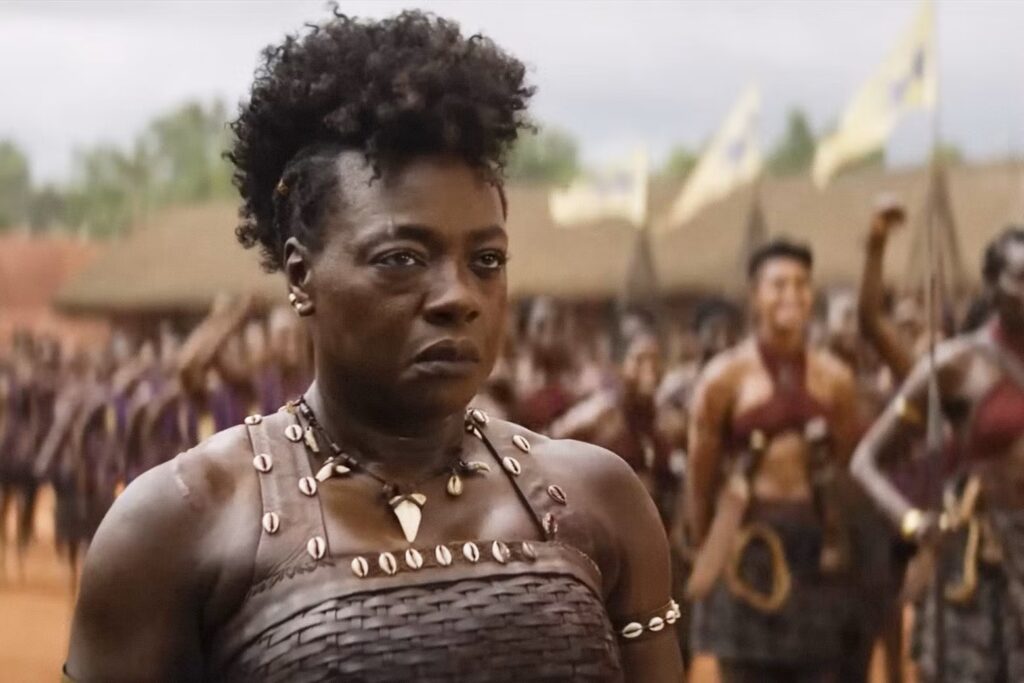A new report from the Television Academy lays bare how much work the industry has to do if it ever truly wants to be diverse, equitable, and inclusive. Based on the findings from a survey of 4,128 TV Academy members and 61 governors, the “Industry Data Report” outlines its respondents’ experiences of representation, exclusionary treatment, and diversity, equity, and inclusion (DEI) policy efficacy.
“Despite continued progress across the industry, members from historically marginalized groups report unfavorable perceptions of their identity representation compared to those from nonmarginalized groups,” the study reads. “This perception was consistent across the industry, regardless of role or peer group, and was even more pronounced for members with intersecting, marginalized identities.”
When asked whether they feel their identity is represented in the industry, the only group with a majority “yes” response was cis white men (69 percent). Forty-seven percent of cis white women respondents feel represented, 21 percent of men of color, 15 percent of women of color, 22 percent non-binary of gender nonconforming folks, and 23 percent of trans folks. Forty-seven percent of straight respondents, 48 percent lesbian or gay respondents, and 28 percent bisexual or queer respondents feel represented. Forty-six percent of non-disabled respondents see themselves reflected in the industry, as compared to 37 percent of disabled respondents.
Academy members from marginalized groups also report encountering exclusionary practices at work, from harassment to microaggressions to lack of career advancement. “Again, members with intersecting, marginalized identities have felt this the most acutely,” according to the survey results.
Most cis WOC (59 percent) and queer (70 percent) respondents have been harassed at work, and a staggering number of cis WOC (87 percent), non-binary or gender non-confirming folks (100 percent), and disabled folks (86 percent) have dealt with microagressions or “subtle forms of bias.” A significant number of cis MOC (35 percent), cis WOC (39 percent), gender non-confirming or non-binary (69 percent), trans (45 percent), bisexual or queer (45 percent), and disabled (36 percent) respondents have turned down work due to issues related to DEI. Meanwhile, the number breakdown for who feels “equitably compensated” relative to their peers in the industry is as follows: 72 percent of cis white men, 41 percent of cis white women, 47 percent of cis MOC, 31 percent of cis WOC, 31 percent of gender nonconforming or non-binary folks, 27 percent of trans folks, 52 percent of straight respondents, 53 percent of lesbian or gay respondents, 40 percent of bisexual or queer respondents, 52 percent of non-disabled folks, and 47 percent of disabled folks.
Clearly, there are a lot of gaps in DEI in the TV industry, yet companies don’t seem to be doing much to address them. “While 72% of responding members across roles in the industry are confident in their knowledge of DEI practices, they report low visibility of actions towards actual improvement or substantive DEI practices in their own places of work,” per the report. “This is particularly the case for structural or process related programs — like embedding DEI in contracts and policy.”
Only 19 percent of respondents reported seeing DEI best practices implemented “either most of the time or always,” and just 15 percent have witnessed the inclusion of DEI protocols in contracts or content mandates/greenlight criteria. Nineteen percent of respondents have seen inclusive hiring practices carried out for crews and/or department heads, 20 percent have seen inclusive production practices, and 24 percent have seen DEI consideration in creative processes.
Obviously, something needs to change — non-white, non-cishet, and disabled TV professionals are not being represented or treated equitably at work. The “Industry Data Report” recognizes this and has outlined actions that need to be taken to improve DEI practices and expectations in the industry. These include holding organizations and individuals accountable for the implementation of DEI planning — “e.g., DEI considerations in contracts and DEI measures in content mandates and greenlight criteria”; creating solutions “prioritizing perspectives of those most impacted, namely historically marginalized folks, especially with intersecting, marginalized identities (e.g., bias mitigation in creative feedback and equitable production hiring practices)”; and ensuring proper communication across companies and the industry as a whole while DEI standards are being executed.
Read the Television Academy’s full report here.







